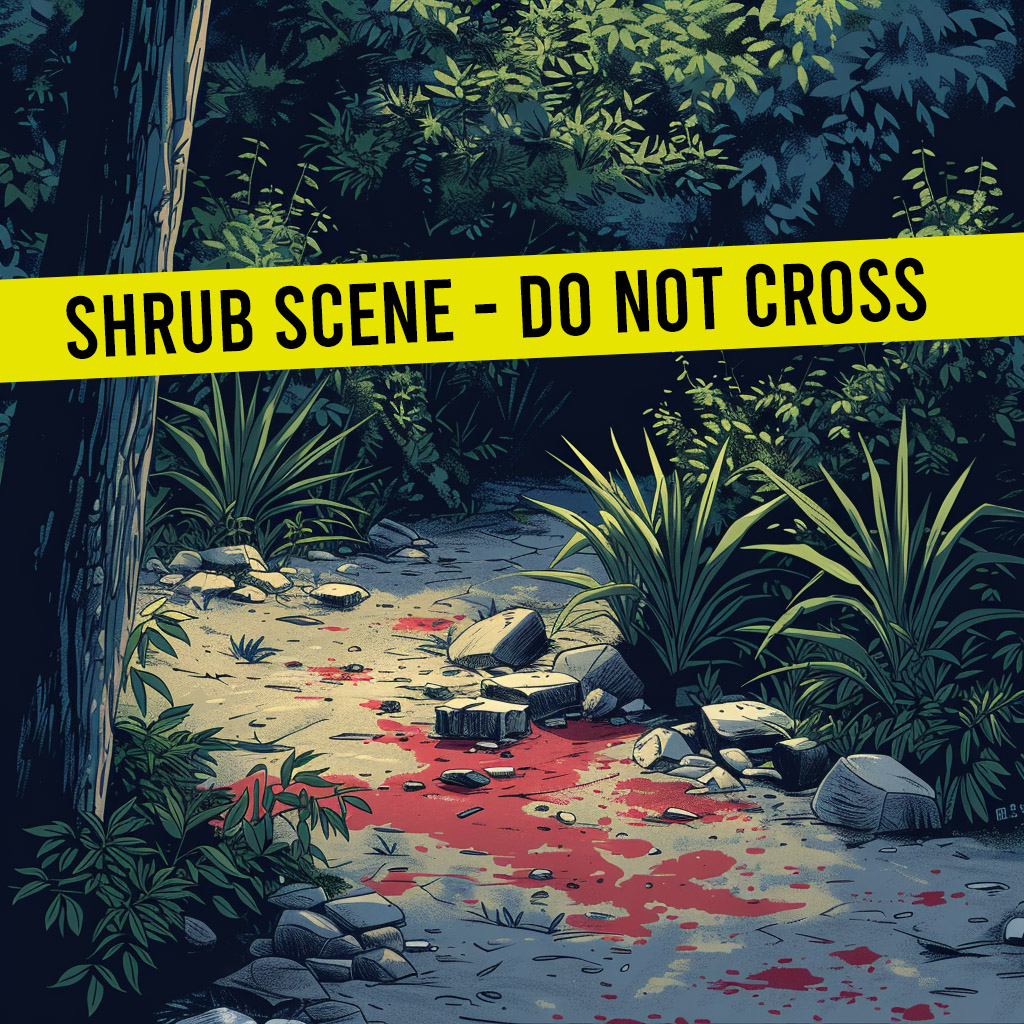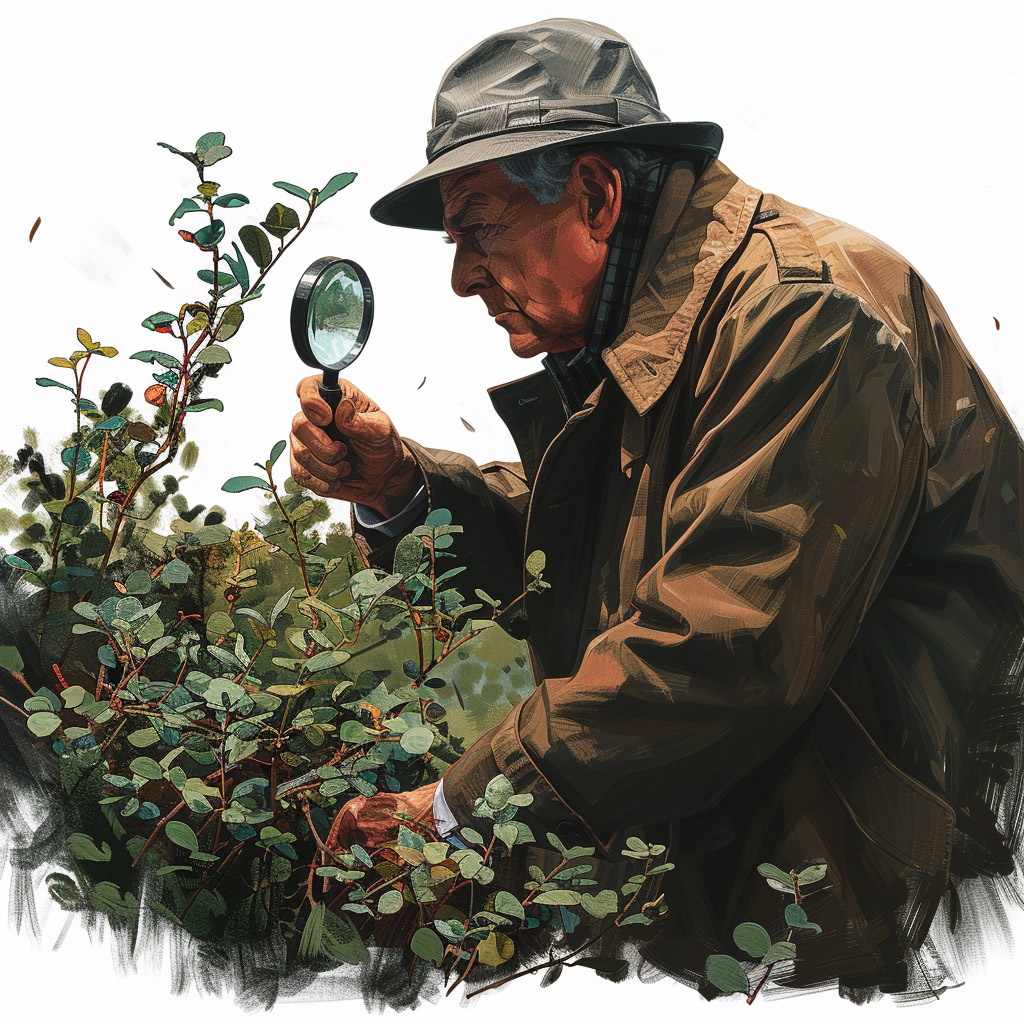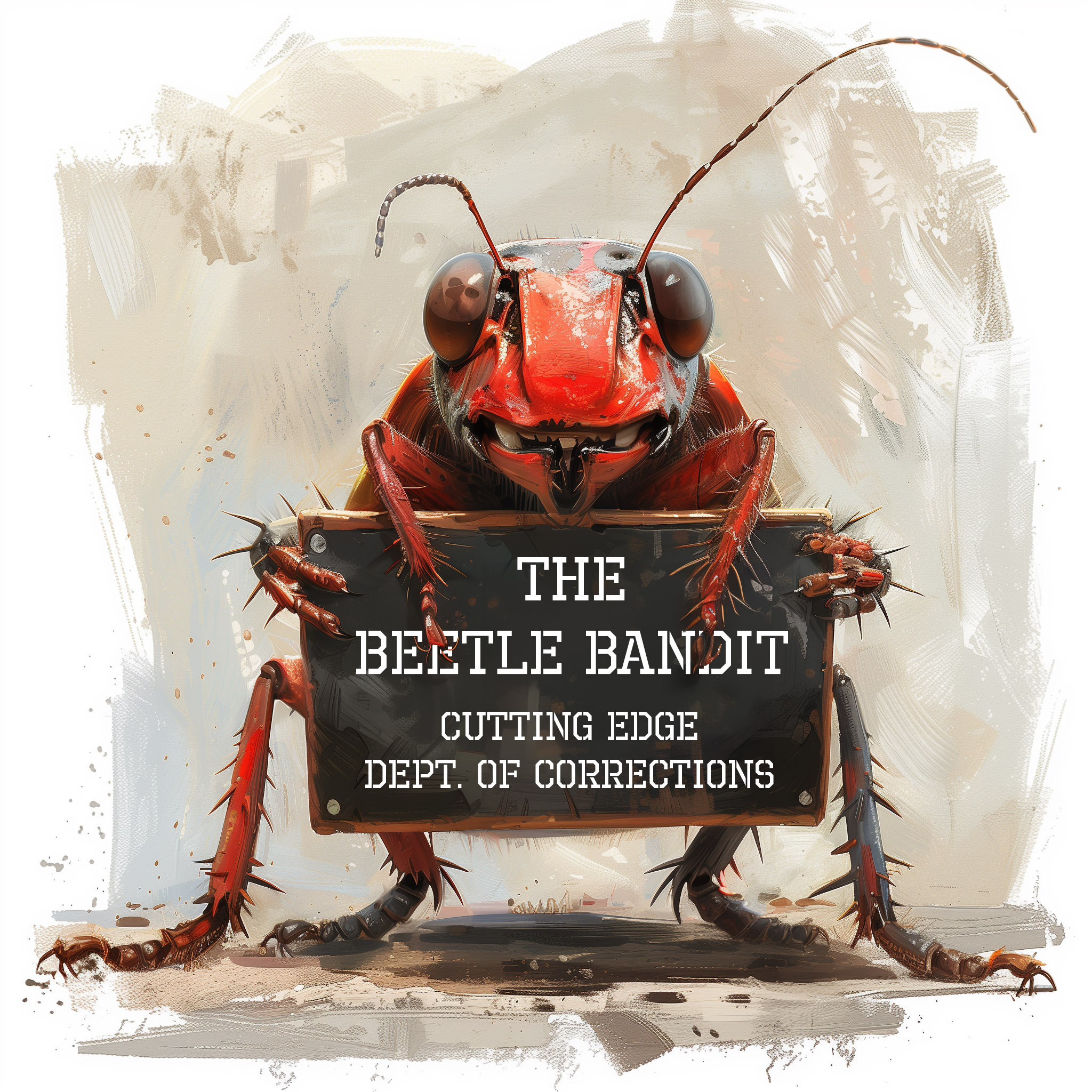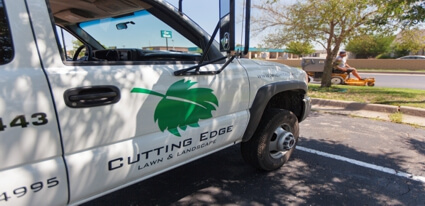
You’ve always prided yourself on your green thumb, but this morning you found your favorite bush wilted and beyond revival. Before you grab your shovel for a garden funeral, consider playing detective. Could it have been the recent pesticide spray, or perhaps that new fertilizer wasn’t as friendly as advertised? Maybe it’s a more sinister issue, like root rot or a stealthy bug invasion. As you stand over your fallen leafy friend, ask yourself what clues you might have missed. Identifying the culprit could save the rest of your garden. So, where do you start?
What could have caused the bush to die in my yard?
What caused your bush to meet its untimely demise? Well, let’s play detective in your own backyard and find out the most likely culprits. You’re probably wondering why, despite your best efforts, your once lush and vibrant bush has turned into a crispy, pale shadow of its former self.
First up, let’s talk water—or the lack thereof. Even the hardiest drought-tolerant plant needs a drink now and then, especially during those scorching summer months. If you’ve got a new plant, it’s essential to keep the soil moist as it sets down roots. For the old timers in your garden, their larger root systems do offer some buffer against dry spells, but they’re not invincible. Have you checked your irrigation system lately? A kinked line or a misdirected sprinkler can mean the difference between life and dehydration for your bush. And don’t get me started on those sneaky rodents that sometimes chew through lines!
It’s a good idea to inspect your irrigation system regularly, perhaps even more frequently during heat waves. You don’t need a PhD in horticulture to do a basic check—just a keen eye and a bit of time. However, getting a professional to take a look once or twice during the season can save you a lot of heartache. They might spot issues like underground leaks or faulty heads that you might miss.
Lead detective Brett Prater with Cutting Edge Lawn & Landscape also adds “Don’t think that just because a plant is listed as “drought tolerant” that means they don’t require some form or regular watering. I get asked all the time for landscape designs that use plants that are drought tolerant. This is usually due to the homeowner either not having a sprinkler system to water them automatically or they just don’t want the water bill that comes along with watering plants. Unfortunately, every plant we/you install, will require watering in the beginning. Now, once the plant has become established, say after a couple of months, then it might only need watered once or twice a week depending on the type of plant and the time of year.”
Is it really dead, or just playing dead? (dormant)
Before you mourn your bush’s apparent demise, ponder whether it’s actually dead or just dormant. Many perennial plants, including popular choices like Daylilies and Hydrangeas, naturally enter a dormant phase during the colder months. This period of inactivity might make them look dead, but they’re just taking a well-deserved rest.
To determine if your bush is just sleeping, check the stems and branches. They should still be supple and might even show small buds waiting for spring to burst open. Another trick is to scrape a small spot on a twig with your fingernail. If you see green underneath, that’s a good sign; your plant is alive and kicking, just biding its time until warmer weather.
Remember, patience is key here. Don’t rush to uproot your plant. Many bushes won’t show signs of life until the temperatures rise and the days get longer. It’s also important to contemplate the specific needs of your plant. Some, like the Butterfly Bush or Crape Myrtles, require pruning back in early spring to thrive. This not only helps manage their shape but also encourages new growth.
In the meantime, keep up with basic care. Ponder that the soil isn’t too dry or waterlogged, and protect the roots with mulch if you’re in a particularly cold area. This care during dormancy can make a big difference in how vigorously your bush bounces back.
Are there common diseases or pests that affect bushes?
Often, your bush’s health is compromised by common pests like bagworms and spider mites or diseases such as powdery mildew and rust. These troublemakers can sneak up on you and, if not caught quickly, may lead to the untimely demise of your beloved plant. Let’s delve into these culprits and how you can tackle them before it’s too late.
First up, let’s talk about bagworms and spider mites. You’ll usually find bagworms hanging around, quite literally, in bag-like structures on your bushes. They’re not just unsightly; they munch on the leaves, causing significant damage. Spider mites, on the other hand, are tiny but mighty. They create fine webs and cause the foliage to discolor and eventually drop off. The key here is early detection and treatment. Keep an eye out for any abnormal signs and act promptly.
Moving on to fungal foes like powdery mildew and rust—these are as nasty as they sound. Powdery mildew covers leaves in what looks like a dusty white or gray coating. Rust will show itself as small, reddish-orange spots that can spread rapidly. Both can weaken your bush considerably. “When dealing with insects or fungus, timing is everything. It’s important to act fast, as some insects or fungus can take over an entire plant in a matter of days. It’s important to time any treatments correctly as well, as trying to eliminate an insect or fungus when it’s not active does no good.” Detective Prater notes.
Don’t hesitate to reach out for help if you’re unsure about tackling these issues yourself. A quick chat with a professional or a visit to your local extension office can equip you with the right strategies and treatments. Remember, timing is critical, so the sooner you identify and address these pests and diseases, the better your chances of saving your bush. Keep your garden tools ready and your eyes sharper; your bush’s life might just depend on it!
Could environmental factors like soil quality or drainage be responsible?
Turning our investigation to environmental suspects, poor soil quality and inadequate drainage could very well be the culprits behind your bush’s demise. In places like Wichita, you’re often dealing with extreme soil types—thick, unyielding clay or overly porous sand. Both present unique challenges for your green friends.
Starting with clay, it’s notorious for poor drainage. While the surface might appear moist, the water often doesn’t penetrate deeply, leaving plant roots thirsty where it counts. To combat this, integrating organic matter such as cotton burr compost into the soil can be a game changer. This type of compost not only enriches the soil but also improves its structure, making it easier for water to reach the root zone.
On the flip side, sandy soil drains too quickly, barely retaining water long enough for roots to drink. Here, a thick layer of mulch can be your best ally. Opt for Grade A Cedar mulch, which is fibrous and excellent at retaining moisture, protecting your soil from drying out too fast. Plus, it’s great at staying put in windy conditions and even repels some pesky bugs.
Drainage issues can also drown your plants. Watch out for low spots near your home’s foundation or poorly placed downspouts that create mini swamps in your flowerbeds. These are often tricky fixes that might require a professional touch to make certain proper water redirection without further complications.
Did I provide appropriate care and maintenance for the bush?
Did you provide the right care and maintenance for your bush? Let’s dig into what that really means. Plants, like your unfortunate bush, aren’t just decor; they’re living organisms that rely on you for their survival. You’ve got to balance their water, food, and grooming needs just right. So, did you hit that sweet spot or miss the mark?
First off, think about watering. It’s easy to get it wrong. Did you make sure the soil was moist but not waterlogged, or might you have forgotten a few too many times, leaving the soil dry as a bone? Both under and overwatering can send your bush to an early grave.
Now, about nutrition—fertilizing is key but tricky. Overdoing it can be worse than not doing it at all. Did you follow the product instructions to a tee, or did enthusiasm get the better of you, leading to an accidental overdose for your bush?
And then there’s pruning. It’s not just about aesthetics; it’s important for health. In the early years, minimal trimming, barring the odd unruly branch, is usually enough. But after this, regular cuts are necessary. Did you perhaps let it grow wild, or maybe you were overzealous with the shears? Both can stress your bush.
Why did this bush die but the one right next to it is fine?
You might wonder why, despite similar care, one bush thrived while its neighbor withered and died. It’s a bit of a garden mystery, isn’t it? Let’s dig into some possible culprits that could’ve led to this unfortunate plant crime scene.
First off, consider the external factors. “Did you get a bit enthusiastic with the sidewalk salt last winter?” Detective Prater questions. It’s easy to do when you’re battling ice. If some of that salt strayed onto the bush, it might’ve sapped the life right out of it. Salt can be quite harsh on plants, disrupting their ability to absorb moisture and nutrients.
Next up, irrigation—or the lack thereof. Even if most of your garden is getting the right amount of water, it’s possible that the deceased bush’s personal water supply wasn’t up to par. A clogged emitter or a misdirected sprinkler could easily thirst a bush to death. It’s worth double-checking your irrigation system to make sure every plant gets its fair share of H2O.
And then there’s the sun factor. Perhaps a storm recently rearranged the canopy above, suddenly exposing your shade-loving bush to brutal full sunlight. Or maybe you’d to remove a tree, and what used to be a sheltered spot turned into a sunbathing zone. Plants that thrive in the shade can struggle or even perish if they’re suddenly subjected to intense sun exposure.
What’s the bush funeral process like? (Do you just dig it out and replace it?)
Once you’ve determined the cause of death, it’s time to contemplate whether you should simply remove the deceased bush and plant a new one. If the bush’s demise was due to something fixable, like an insect issue or lack of shade, you’re halfway to avoiding a repeat disaster. But first, you’ve gotta perform the “bush funeral.”
You’ll start by digging out the old bush. Make sure to get as much of the root system as possible to prevent any leftovers from interfering with your new plant. It’s like clearing out all the bad vibes and giving your new bush a fresh start. Wear gloves, because this can be a messy affair, and use a sturdy shovel to pry the roots up and out.
Once it’s out, take a moment to assess the soil. This is your crime scene investigation—look for clues of what went wrong. Is the soil too compacted? Does it show signs of pests or diseases? Fix these issues before you introduce a new plant to the scene. You might need to add some fresh soil or compost to improve drainage and nutrient content.
Now, you’re ready to plant a new bush. Choose one that’s suited to the conditions of your yard and the specific location. Remember, just because you loved that full-sun-loving bush doesn’t mean it’s a good fit for a shady spot.
Water it well and keep an eye on it. With the right care and a little luck, your garden will soon recover from its loss, turning the page to a flourishing new chapter.
Conclusion
So, you’ve played detective with your bush’s demise, and it’s clear something went wrong. Whether it’s pests, disease, or poor soil, you’ve got clues to prevent future garden tragedies.
Remember, each plant has its needs; understanding and meeting these are key. If it’s truly the end for your bush, replace it thoughtfully.
You’re also not alone. Give us a call or reach out and we’d be happy to provide recommendations.
Happy gardening, and here’s to healthier plants!




